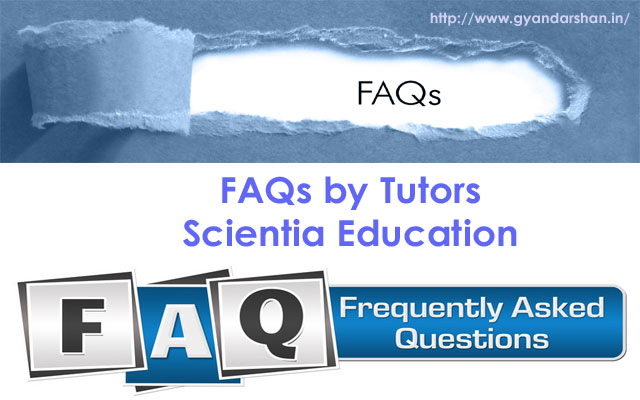MCQs on Hybridisation
MCQs on Hybridisation
- The compound which contains both ionic and covalent bond:
- KCl
- KCN
- CH4
- H2
Answer: (b)
- The maximum number of 90o angles between bond pair-bond pair of electrons is observed in
- dsp2 hybridisation
- sp3d hybridisation
- dsp3 hybridisation
- sp3d2 hybridisation
Answer: (d)
- Ether is more volatile than alcohol having the same molecular formula. This is due to
- alcohols having resonance structures
- intermolecular hydrogen bonding in ethers
- intermolecular hydrogen bonding in alcohols
- the dipolar character of ethers
Answer: (c)
- The main axis of a diatomic molecule is z, molecular orbital px and py overlap to form which of the following orbital?
- pi molecular orbital
- sigma molecular orbital
- gamma molecular orbital
- No bond will be formed
Answer: (a)
- Total number of lone pair of electrons in I3- ion is
- 3
- 6
- 9
- 12
Answer: (c)
- BCl3 is a planar molecule whereas NCl3 is pyramidal because
- B-Cl bond is more polar than NaCl bond
- N-Cl bond is more covalent than B-Cl bond
- the nitrogen atom is smaller than boron atom
- BCl3 has no pair but NCl3 has a lone pair of electrons
Answer: (d)
- In which solvent NaCl has maximum solubility?
- H2O
- C2H5OH
- CH3COCH3
- C2H5OC2H5
Answer: (a)
- Which one of the following pairs of molecules will have permanent dipole moments for both members?
- NO2 and CO2
- NO2 and O3
- SiF4 and CO2
- SiF4 and NO2
Answer: (b)
- Which of the following compounds has the smallest bond angle in its molecule?
- H2O
- H2S
- NH3
- SO2
Answer: (b)
- Which one of the following properties is not shown by NO?
- it is diamagnetic in the gaseous state
- it is a neutral oxide
- it combines with oxygen to form nitrogen dioxide
- its bond order is 2.5
Answer: (a)




